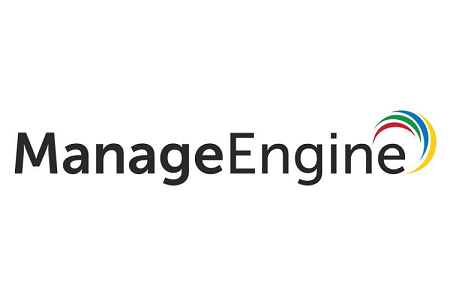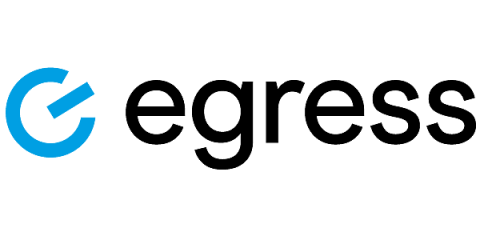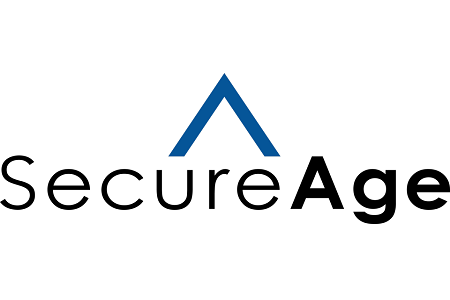Security | Threat Detection | Cyberattacks | DevSecOps | Compliance
Data Security
The latest News and Information on Data Security including privacy, protection, and encryption.
Five worthy reads: Differential privacy-what it means for businesses
Five worthy reads is a regular column on five noteworthy items we’ve discovered while researching trending and timeless topics. In this edition, we explore one of the evolving privacy-enhancing techniques called differential privacy and how it’s being leveraged by organizations to safeguard sensitive data from being exposed. Cutting-edge technologies based on artificial intelligence and machine learning have been gaining traction in recent years.
How to influence compliance as a DPO (without making your colleagues cry!)
Data protection has matured incredibly over the last 10 years. The ‘privacy industry’ has gone through a metamorphosis not seen in many other disciplines. Now, as we reflect on the organisational changes the pandemic introduced, we must recognise that being able to quickly access and share accurate data is critical to every business’ success – regardless of where employees are working from.
CISO Insider - S2E6 - Data is trust with Emilio Escobar
5 Types of Social Engineering Attacks and How to Mitigate Them
Social engineering is a type of cyber attack that targets people to gain access to buildings, systems, or data. Social engineering attacks exploit human vulnerabilities to get inside a company’s IT system, for instance, and access its valuable information. Social engineering is one of the most common— and successful— forms of cyber attack. Social engineering attacks are constantly evolving, but they generally follow five main approaches.
7 Indicators of Compromise: The Essential List for Breach Detection
Indicators of compromise are the red flags of the information security world. These helpful warnings allow trained professionals to recognize when a system may be under attack or if the attack has already taken place, providing a way to respond to protect information from extraction. There are many indicators of compromise, depending on the type of threat.
Privacy in Q2: In Like a Lion, Out Like a ... Lion
For a while, privacy in Q2 was looking like it would follow the season’s idiomatic rule: in like a lion, out like a lamb. But it came roaring back in June with a new U.S. state law, EU adequacy decisions, a new EU data transfer mechanism, and more. As we look back over the second quarter of 2021, several important developments are worth noting.
Remote learning: A bounty for online cyberattackers
On 26 April 2020, 189 countries across Asia, Europe, the Middle East, North America, and South America shut down schools marking one of the largest mass school closures in history. But today, more than a year since COVID-19 forced entire cohorts online, economies continue to flit in and out of lockdowns and schools are continuing to resort to remote or hybrid-learning arrangements.











